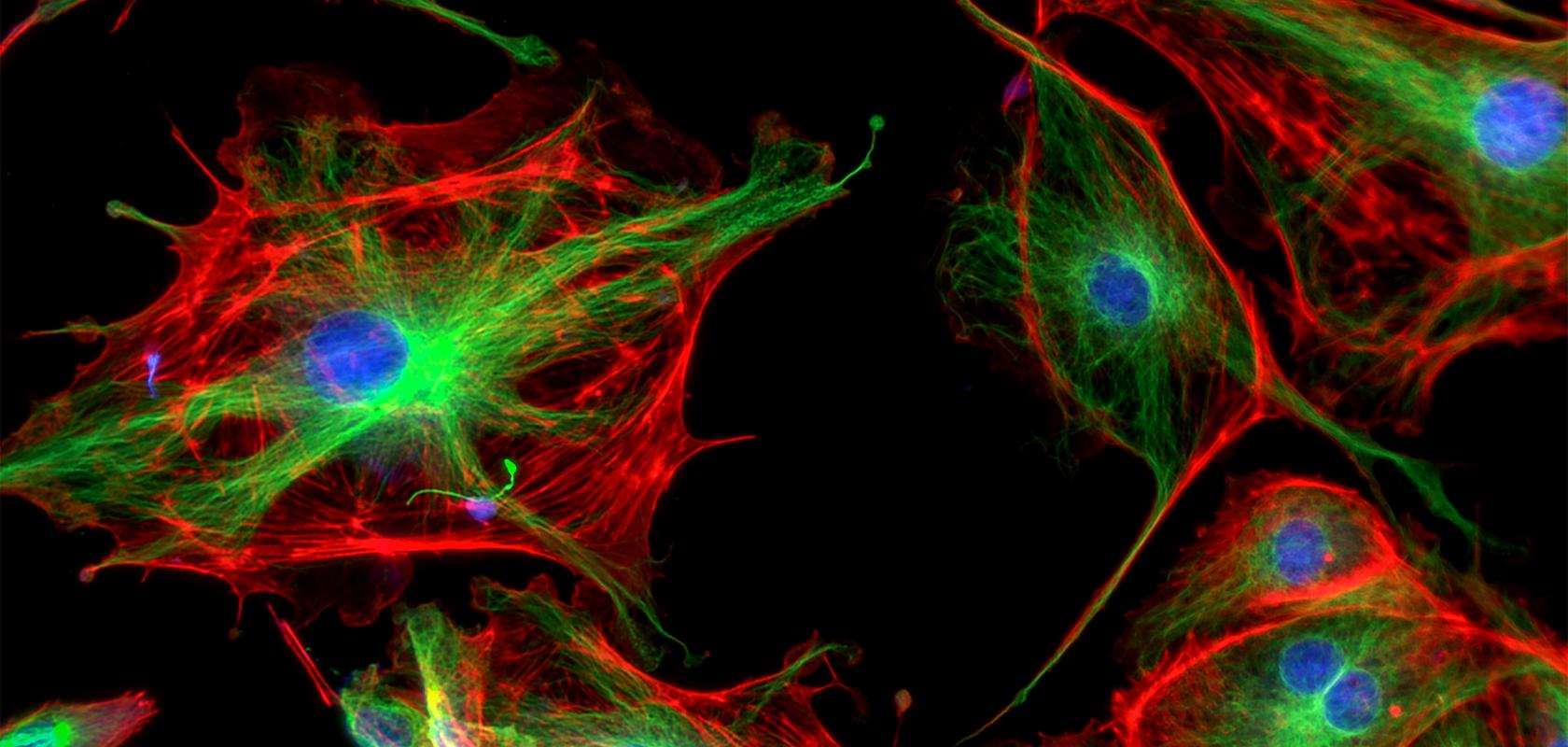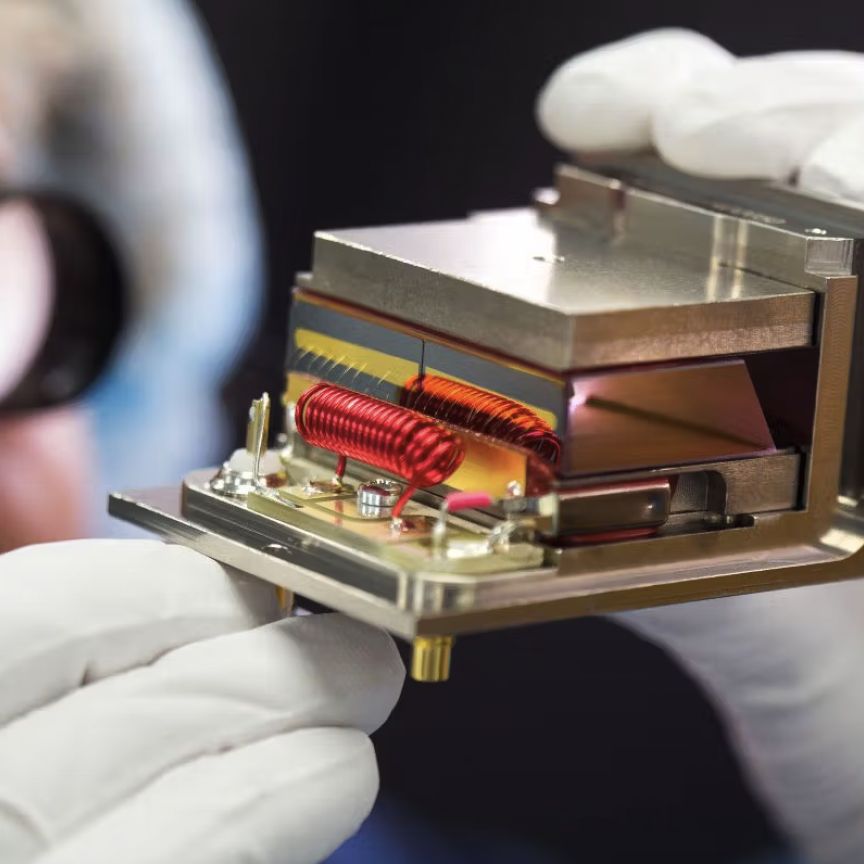Solving the “Impossible Wavelength” Problem in Biomedical Design

If you’re developing compact biomedical systems like flow cytometers or fluorescence microscopes, chances are you’ve struggled to source reliable 561 nm and 594 nm laser light without resorting to bulky, inefficient DPSS systems.
This white paper, in partnership with AP Technologies, introduces a breakthrough in compact visible lasers that finally solves the “impossible wavelength” problem — delivering stable, low-noise performance in a package smaller than 0.5cc.
Inside You'll Learn:
Why traditional DPSS lasers waste power and space — and how to fix it
The patented wavelength conversion architecture behind ultra-compact 561/594 nm sources
How to achieve <2% stability, low RMS noise, and 50-ps modulation pulses for high-performance imaging
Strategies to streamline integration and cut optical system complexity
Who It’s For:
Biomedical OEMs, engineering teams, and laser system designers looking to simplify instrumentation design, reduce form factor, and improve laser performance for next-gen devices.

